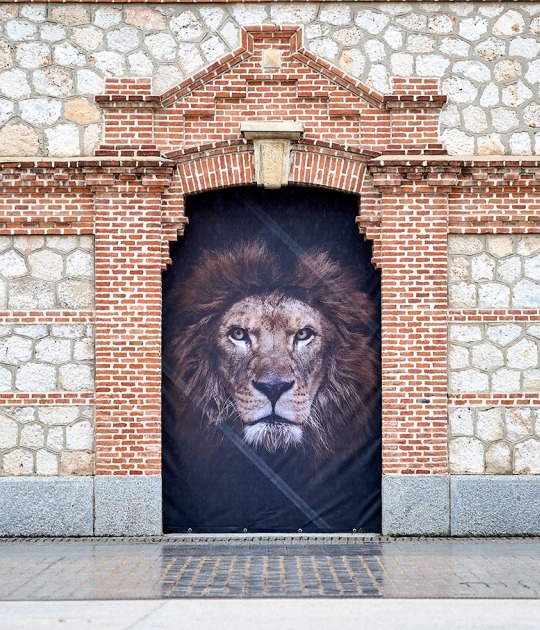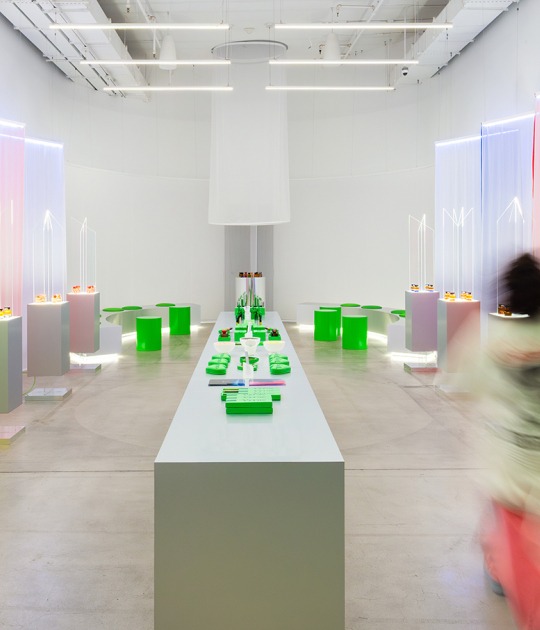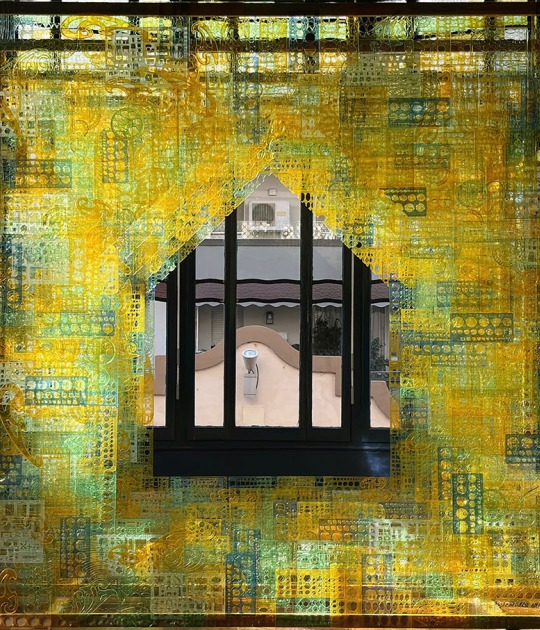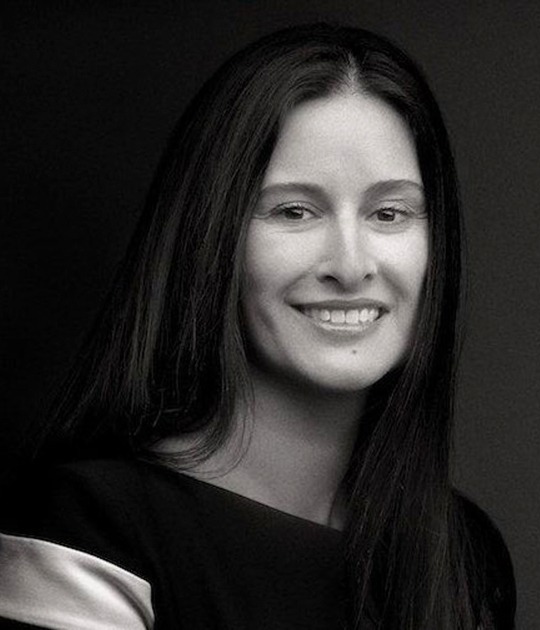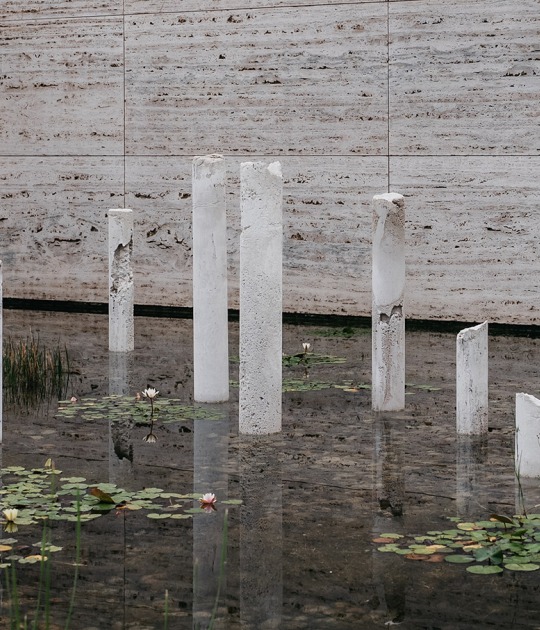It was the multidisciplinary nature of her works that led her to work in different artistic fields as well as to collaborate with other creators. This is the case of his drawings made for the book of poems "La Isla", by Blanca Calparsoro (Madrid, 1968), a poet from Gipuzkoa with whom he coincided in the avant-garde group ZAJ.
On an individual basis, from the 1980s on, she developed a photographic work of herself having as main theme different parts of the body, giving rise to works such as "Heads's book", "Hands's book" or "Sex's book". It was at the "Fuera de formato" exhibition in Madrid that this photographic work was first glimpsed.
Her creative work, more than artistic as she would express herself, has been presented in different museums (Museo Reina Sofía or Museo Guggenheim Bilbao), art galleries (Àngels Barcelona) and institutions (Center National de la Danse), having great significance at the level national and international (Canada, Mexico, Brazil, France, Germany, etc.).
On an individual basis, from the 1980s on, she developed a photographic work of herself having as main theme different parts of the body, giving rise to works such as "Heads's book", "Hands's book" or "Sex's book". It was at the "Fuera de formato" exhibition in Madrid that this photographic work was first glimpsed.
Her creative work, more than artistic as she would express herself, has been presented in different museums (Museo Reina Sofía or Museo Guggenheim Bilbao), art galleries (Àngels Barcelona) and institutions (Center National de la Danse), having great significance at the level national and international (Canada, Mexico, Brazil, France, Germany, etc.).
Description of project by Esther Ferrer
"The poem of prime numbers"
Esther Ferrer had been working with geometric figures in her works for several years, however, the incessant search for something new led her to rethink new sources of inspiration. Thus, from one night in which she dreamed of prime numbers, she got in touch with mathematician colleagues who told her that it would be impossible to achieve a correlative work. The prime numbers have a fortuitous order, that is, unpredictable, and the further one advances in the series, the more complicated they are to find.
The technological and mathematical advances of the moment in which the artist carried out "The Poem of Prime Numbers" had concluded that the last prime number found consisted of 703 digits. The work consists of various numerical series and it can either start with the number 1 or with another number such as 3000. The numerical game also relies on other mathematical structures related to prime numbers, such as the so-called "twin numbers", which are those prime numbers that are separated by a single number, such as 11 and 13.
It is precisely this unexpected numerical system that gives Esther Ferrer's work that performative character: an avant-garde show where different arts converge (music, plastic arts, theater) with a result, in this case, unexpected for both the viewer and the audience.
Actions.- The creative process
From a theatrical scope, Esther Ferrer has been characterized by offering a creation above what others would call "art", the created prevailing over the impressions that a jury or public might have.
The technological and mathematical advances of the moment in which the artist carried out "The Poem of Prime Numbers" had concluded that the last prime number found consisted of 703 digits. The work consists of various numerical series and it can either start with the number 1 or with another number such as 3000. The numerical game also relies on other mathematical structures related to prime numbers, such as the so-called "twin numbers", which are those prime numbers that are separated by a single number, such as 11 and 13.
It is precisely this unexpected numerical system that gives Esther Ferrer's work that performative character: an avant-garde show where different arts converge (music, plastic arts, theater) with a result, in this case, unexpected for both the viewer and the audience.
Actions.- The creative process
From a theatrical scope, Esther Ferrer has been characterized by offering a creation above what others would call "art", the created prevailing over the impressions that a jury or public might have.
"When I make art, I am not aware of playing a specific role, I do it as a person not as an artist."
Esther Ferrer.
Her artistic expressions are revealed before the authoritarian to give way to an "anarchic creativity", that is, a timeless art where the artist is free to express what he feels with total freedom. However, Esther Ferrer defends an anarchic art where, although the artist has her own (individualistic) freedom, she must also take into account the freedoms of other creators. From this point on, the uniqueness of the artist, the creator and, of course, the person will prevail. A uniqueness that makes each one unique and, far from establishing distances, is what brings individuals closer together.
This "anarcho-creativity", as Esther Ferrer herself calls it, does not follow a structure, since it would precisely be contrary to the name used. Therefore, art would abandon certain paradigms, to become a process of personal fulfillment that, later, would be reflected in the artist. An artist who brings his work to the streets, being the piece that moves people's thoughts at the same time that ends the utopian ideas of a perfect society, since utopia itself is presented as imperfect:
"In general, utopia is a universe closed, selective, hierarchical, moralistic and we could talk about many other negative aspects of utopian thought, for example, its sexism."
Esther Ferrer.



























